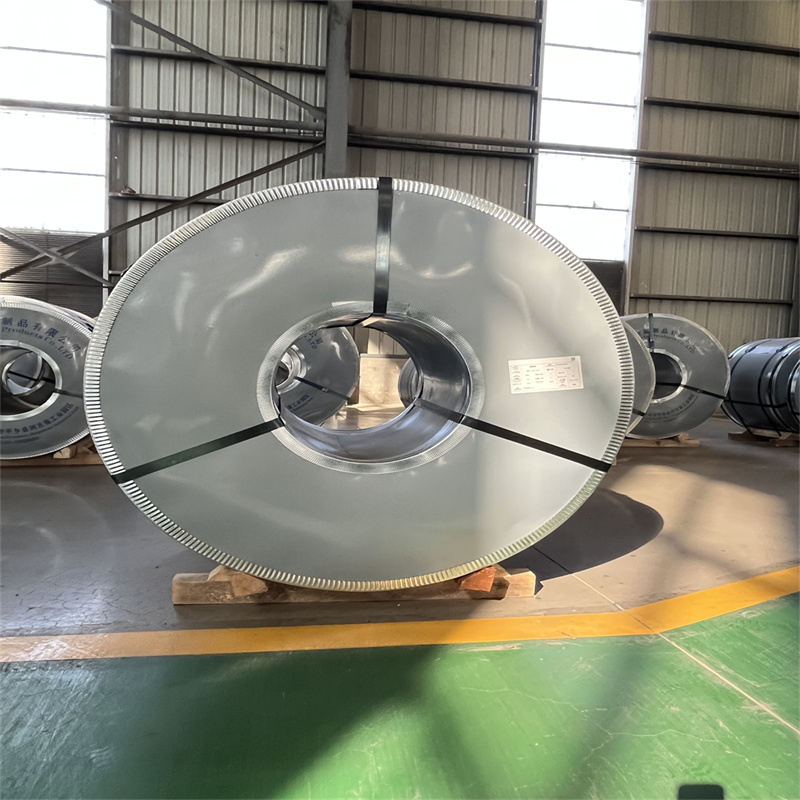
12 月 . 04, 2024 16:45 Back to list
tinplate steel sheet
The Versatility of Tinplate Steel Sheets An Overview
Tinplate steel sheets have become essential materials across a variety of industries due to their excellent properties and wide-ranging applications. Comprising thin sheets of steel coated with a layer of tin, these sheets combine the strength of steel with the corrosion resistance of tin. This unique combination has established tinplate as an ideal choice for numerous applications, particularly in the food and beverage industry, as well as in electronics and automotive sectors.
What is Tinplate?
Tinplate is essentially low-carbon steel that is coated on both sides with a thin layer of tin. The process of tinning involves dipping the steel into molten tin, ensuring a uniform coating that enhances the sheet's longevity and durability. This method not only provides a protective barrier against rust and corrosion but also helps maintain the integrity of the food products stored within tinplate packaging. The tin coating is non-toxic, making tinplate a safe option for food storage, which is why it has become a staple in the manufacturing of food cans, bottle caps, and closures.
Applications in the Food Industry
One of the most prominent applications of tinplate steel sheets is in the food industry. Food packaging relies heavily on tinplate due to its ability to preserve food freshness and enhance shelf life. Canned goods, for example, are sealed in tinplate containers that protect them from light, air, and moisture—the three main factors that lead to spoilage. The smooth surface of tinplate also facilitates printing and labeling, allowing manufacturers to convey important information regarding the product to consumers.
Moreover, tinplate is not just limited to canned foods; it is also used in the production of beverage containers, such as soda and beer cans. The lightweight nature of tinplate makes it an economical choice for beverage packaging, promoting ease of handling and transportation. Additionally, the recyclability of tinplate adds to its appeal, as sustainability has become a critical factor in modern packaging design.
Applications Beyond Food
tinplate steel sheet

While the food industry is the primary consumer of tinplate, its applications are not limited to food products. In the electronics sector, tinplate is often used for manufacturing components such as housings and protective covers. Its excellent electrical conductivity, combined with its resistance to corrosion, makes it suitable for various electronic devices. Furthermore, tinplate can be easily formed and shaped, allowing for flexibility in design and application.
In the automotive industry, tinplate is utilized in the production of various components—ranging from battery cases to decorative trims. The durability and strength offered by tinplate make it a reliable choice for automotive manufacturers who require materials capable of withstanding harsh conditions and providing longevity to their products.
Advantages of Tinplate Steel Sheets
The advantages of utilizing tinplate steel sheets extend beyond their applications. These sheets are known for their excellent strength-to-weight ratio, making them lightweight yet robust. This property contributes significantly to fuel efficiency when used in automotive applications. Moreover, the recyclability of tinplate aligns with global sustainability efforts, as recycled tinplate can maintain the same properties as newly produced sheets.
Furthermore, the surface finish of tinplate can be easily modified to suit specific industry needs. For example, a glossy finish may be preferred for aesthetic applications, while a matte finish might serve more functional purposes. This versatility makes tinplate an attractive option for manufacturers.
Conclusion
In conclusion, tinplate steel sheets have emerged as invaluable materials in various industries, particularly in food and beverage packaging. Their durability, corrosion resistance, and recyclability contribute to their widespread use, making them a cornerstone of modern manufacturing. As industries continue to evolve and prioritize sustainability, the importance of tinplate is likely to grow, solidifying its role in future innovations.
-
Galvanized steel sheet price hot-dip galvanized
NewsMar.07,2025
-
Galvanized steel sheet price hot-dip galvanized
NewsMar.07,2025
-
Galvanized steel sheet price hot-dip galvanized
NewsMar.07,2025
-
Galvanized steel sheet price hot-dip galvanized
NewsMar.07,2025
-
Galvanized steel sheet price hot-dip galvanized
NewsMar.07,2025
-
buy corrugated roof sheet end capping
NewsMar.07,2025